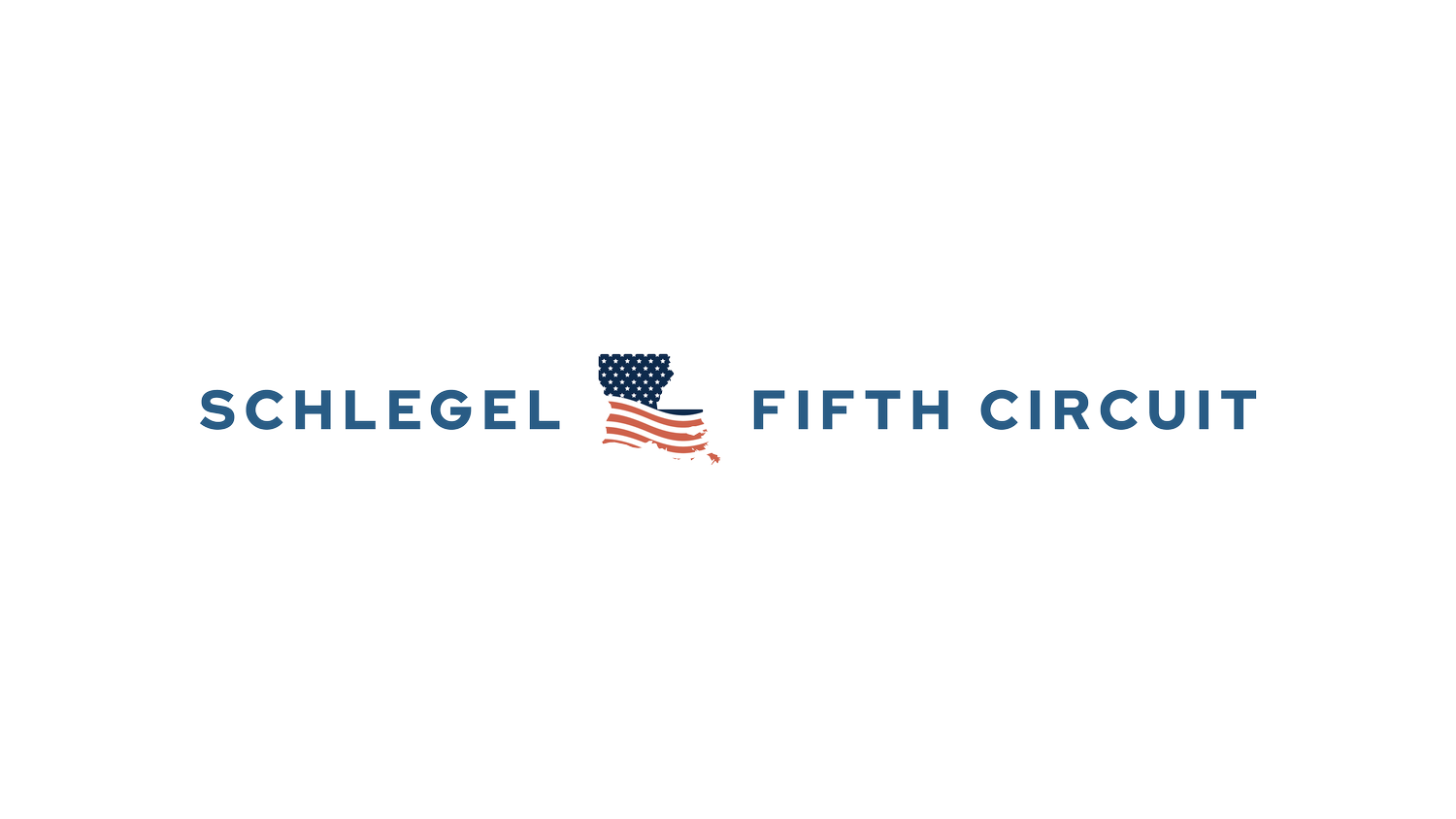Modernizing Criminal Courts: Leveraging Technology for Smarter Docket Management
As we continue our exploration of technological innovations in the justice system, it's time to delve deeper into a critical aspect of court operations: the management of large criminal dockets. This article builds upon our previous discussions of AI-driven scheduling and court innovation, focusing on practical, immediately implementable solutions to enhance efficiency and communication in criminal courts.
In courtrooms across the nation, judges and court staff grapple daily with the challenges of managing expansive criminal dockets. The sheer volume of cases, combined with the complexities of scheduling and communication, often leads to overcrowded courtrooms, frustrated defendants, and overworked court personnel. However, by leveraging readily available technologies, courts can dramatically improve their efficiency, enhance communication with defendants, and streamline critical processes.
At the heart of this technological revolution is an intelligent online calendaring system designed for internal court use. Unlike public-facing systems, which would interfere with the subpoena process, this internal system allows courts to maintain control over their dockets while offering flexibility to defendants. The system works by allowing defendants to select “appointment” times after being ordered to appear on a date selected by the court. This approach offers several key benefits, including docket staggering, improved defendant compliance, resource optimization, and reduced stress for both court staff and defendants.
By spreading appointments throughout the day, courts can avoid the traditional "cattle call" approach where all defendants are required to appear at the same time. This reduces wait times and courtroom congestion. Giving defendants some control over their court time also increases the likelihood of appearance, as they can choose a time that fits their schedule. Courts can better allocate staff and resources based on the expected flow of cases throughout the day, and both court staff and defendants benefit from a more organized and less chaotic court environment.
While the calendar remains internal to protect the integrity of the subpoena process, it serves as a powerful tool for court management. Judges and court staff can access real-time information about their dockets, allowing for better preparation and more efficient case handling.
One of the most persistent issues in criminal courts is the high rate of failures to appear (FTA). These no-shows not only disrupt court schedules but also result in additional costs and potential legal consequences for defendants. To address this, online calendar systems incorporate automated reminder features. Once a defendant selects their time, the system generates automated text messages and emails to remind them of their upcoming appearance. These reminders can be customized to include the date, time, and location of the court appearance, required documents or information to bring, consequences of failing to appear, and options for rescheduling if allowed by the court.
Studies have shown that such reminder systems can significantly reduce FTA rates. So by implementing a similar system, courts can expect to see a marked improvement in appearance rates, leading to more efficient docket management and cost savings.
In addition, defendants often leave the courtroom overwhelmed and uncertain about their next steps. To address this, online calendar systems includes features for enhanced information delivery both before and after court appearances. Before their court date, defendants can receive interactive PDFs or avatar-guided explanations of general court procedures, case-specific information including potential sentencing ranges, and pre-populated plea forms based on agreements reached during pre-trial conferences. This proactive approach helps defendants arrive at court better prepared and informed, potentially speeding up proceedings and reducing confusion.
Additionally, defendants would automatically receive texts and emails containing a summary of what happened in court, next steps and important dates, completed paperwork for those who pleaded guilty, and detailed probation requirements and information after every court appearance. Importantly though, all communications must clearly state that they do not constitute legal advice. Instead, they include hyperlinks to contact information for the defendant's attorney, ensuring that defendants have easy access to legal counsel for any questions or concerns.
By providing clear, timely, and accessible information, courts can improve defendant compliance and reduce the likelihood of unintentional violations or missed obligations. This approach directly addresses the "Charlie Brown effect" I discussed in previous articles, where defendants often struggle to absorb and retain critical information provided during court proceedings.
Implementing these technologies does come with challenges. Initial setup, resource allocation for system maintenance, and staff training are important considerations. Balancing the efficiency gains of automation with the need for human interaction in the justice system is crucial.
Looking to the future, these systems lay the groundwork for even more advanced applications. AI-driven scheduling optimizations could further refine docket management. Integration with broader criminal justice system technologies could create a more seamless experience for all stakeholders. As we continue to innovate, we must always keep in mind the ultimate goal: a more efficient, effective, and accessible justice system.
Subscribe to my Substack newsletter today so you don’t miss out on a post. https://judgeschlegel.substack.com
